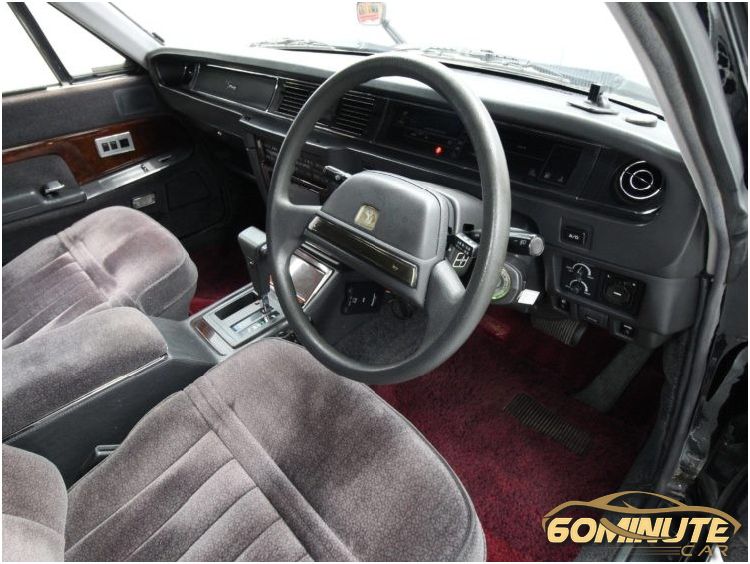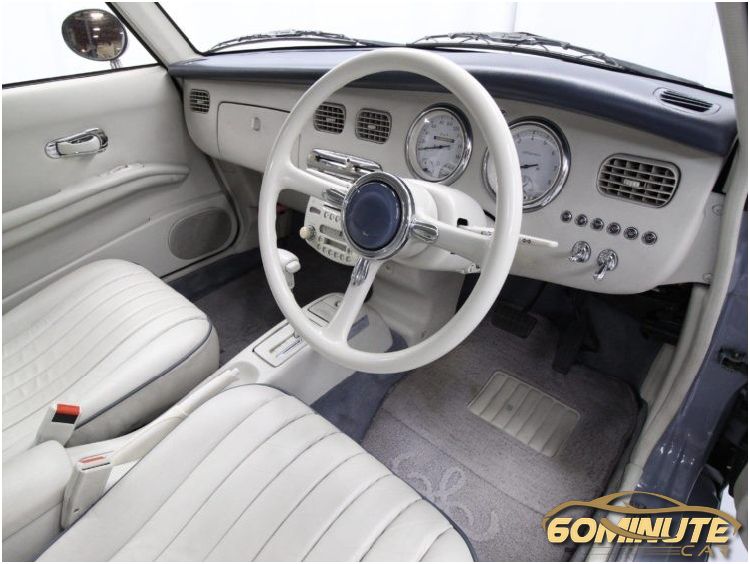All-Wheel Drive vs 4×4
When it comes to the total cost of the vehicle, the recommended retail driveaway price (also known as RDP) of the manufacturer. This includes a one year registration, stamp duty, vehicle price, recommended charge for dealer delivery, a luxury car tax if it applies to that particular vehicle, and CTP insurance cost estimate. The cost estimate is based upon the driving record of the private purchaser. The RDP is only an estimate and is based upon the postcode selected and does not apply to buyers for businesses or government agencies.
The final cost of the vehicle will vary according to various circumstances and the actual driveaway price will vary from retailer to retailer. To confirm the driveaway price of a vehicle, speak to your local retailer. The special recommended driveaway price will vary between retailers. Since it is based upon the driving record of private purchasers, it may be higher for those who have lower driving records, but this excludes government buyers.
All-Wheel Drive and Four Wheel Drive
Drivers often wonder what the difference is between an AWD and 4WD and how it can affect how the car drives, the amount of power to the tires, fuel economy, and even the center differential. Even though both cars drive on all four wheels, AWD has become the accepted description for a car that always drives on all of the wheels.
4-Wheel Drive cars are generally accepted as a car that uses a system that the driver mechanically engages the drive to all four wheels of the car. A larger SUV also uses this type of driving system as well. 4WD is normally used on large SUVs. The four-wheel drive system provides extra traction to vehicles while going off the road, as well as other road conditions, such as rain and snow, and causing wheel spin. SUVs have predominately truck based platforms, large wheels, and off-road tires. These are combined with a manually selectable and locked 4WD driveline that enables the vehicle to go off-road and handle difficult terrain.
Locked 4WD Drivelines
When a vehicle has a locked 4WD system, it means that it has a mechanical link between the front and rear axles. It also does not have a mechanism allowing rotational differences of the front and rear axles. This causes the turn radius to be different between the front and rear axles with a 4×4 vehicle turns a corner, or into a parking space. The tires on the axle that has the smaller radius must be able to slip on slippery surfaces. If there ground surface is not slippery, the tires will not slip then stress will be induced on the driveline as it twists.
Then what?
Then the vehicle becomes locked up as it will not be able to move. This is also known as a ‘wind up’. This typically only happens at lower speeds on surfaces that have no slip as the tire is able to slip at higher speeds or on slippery road conditions. When there are normal road conditions, the driver of the 4WD vehicle must deselect the 4-wheel drive mode. This will put the vehicle in two-wheel drive. Two-wheel drive, or 2WD, are either front-wheel drive or rear-wheel drive where the power is either in the front or rear wheels.
What About AWD?
AWD systems drive on all the wheels all of the time. Therefore, the AWD system includes a mechanism that is either an electronically controlled clutch or a limited slip differential. This allows for a rotational difference between the front and rear axles. Small to medium crossover SUV cars with all-wheel drives are designed for occasional off-road use as well as normal road use. An example would be the Subaru Forester. They also have permanently engaged AWD systems, sending power to all four wheels.
How Is That Different?
A permanently engaged AWD system has an actively engaged safety advantage. This type of system has double the grip of the driver-selectable 4WD system. This means that when immediate traction is required to move into merging traffic or if the road is slipperier than expected, the system on an AWD vehicle is already engaged and the required traction is available to safely handle the situation. From an active safety point of view, the best SUV is an AWD vehicle that does not require the driver to manually select driving on all four wheels.
This is because when a split second makes the difference between life and death, the needed traction, even twice the amount of a 4×4, is always available when the driver needs it. Although, to be a true vehicle with all-wheel drive, the system must be the one that doesn’t require driver intervention to drive all four wheels. Furthermore, any system that normally runs on 2WD and engages in 4WD only when the loss of traction occurs is not a true AWD system. The same for if the driver has to turn on the 4WD.
With 2WD and driver selected 4WD, by the time 4×4 is engaged, the traction is often loss and the dangerous situation has already occurred. Or, the sudden 4WD engagement increases the danger potential by adding traction at the wrong time. While it is important to do research when it comes to selecting the vehicle of our choosing, it is equally as important to ensure that the drive system is what you are looking for. If you don’t understand the differences between all-wheel drive, four-wheel drive, and the other drives, as well as the transfer case type, this can cause confusion down the road.
Hey, my name is Dan. I used to work at the biggest dealership in the country and now I teach find folks like you how not to get F•••ed when buying a car. Now in this video, I want to talk to you about all wheel drive versus four wheel drive in which one you should get. So all wheel drive are going to start with that. So all wheel drive is a car does two wheel drive until the car senses that it’s losing traction. And then it goes all wheel drive. The computer switches from two wheel drive to four wheel drive like this very, very quickly.
When it loses traction, when your car loses traction, when the computer senses that the car is going somewhere else, then what you are pointing at the where you are steering the car to, then it decides to go all wheel drive. OK. Now four by four or four wheel drive, which is the same thing, just different names. It’s rear wheel drive 90 percent of the time. And then once you need all four wheels to be engaging, you switch to four high for low wherever the situation is. And now all four wheels are speaking at the same time. Four wheel drive cars are made for this. Yep, word this. And sometimes even this. That’s what four wheel drive cars are made for. Will you be doing any of those things anytime soon? If no, then you need to go with all wheel drive and you’re gonna be good to go. Hey, if you enjoyed this video, give me a thumbs up below and link to subscribe button over my head or watch one of those two videos if you want to see more money saving tips about cars. This is Dan with 60 minute car. I’m signing out and I’ll see you on the Internet.





